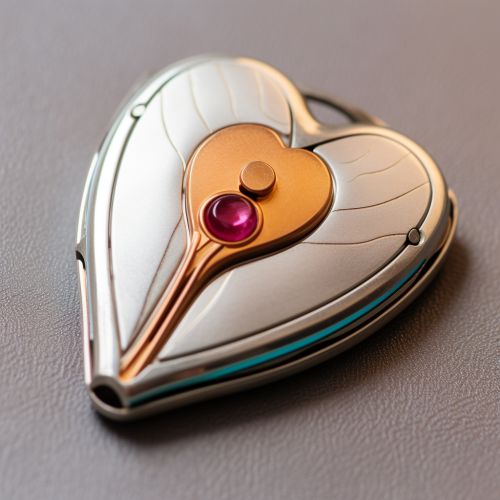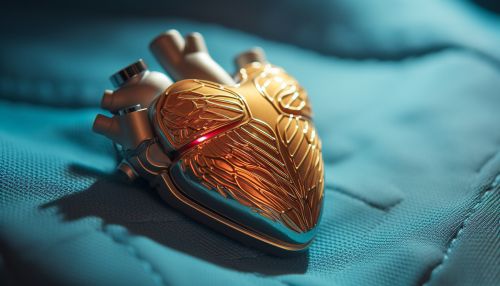Cardiac Pacemaker
Introduction
A cardiac pacemaker is a small device that's placed in the chest or abdomen to help control abnormal heart rhythms. This device uses electrical pulses to prompt the heart to beat at a normal rate. Pacemakers are used to treat arrhythmias, which are problems with the rate or rhythm of the heartbeat.


History
The development of the cardiac pacemaker has a long and storied history. The first pacemakers were external devices. The first internal pacemaker was implanted in 1958 by a Swedish team led by surgeon Åke Senning and engineer Rune Elmqvist.
Indications
Cardiac pacemakers are indicated for a variety of cardiac conditions. These include symptomatic bradycardia, heart block, and certain types of heart failure. They may also be used in the treatment of hypertrophic cardiomyopathy and in certain cases of neurocardiogenic syncope.
Types of Pacemakers
There are several types of pacemakers, including single-chamber, dual-chamber, and biventricular pacemakers. The type of pacemaker a person needs depends on the nature of their heart condition.
Single-Chamber Pacemakers
In a single-chamber pacemaker, one lead is placed in either the right atrium or the right ventricle of the heart.
Dual-Chamber Pacemakers
A dual-chamber pacemaker has two leads, one in the right atrium and one in the right ventricle. This allows the pacemaker to coordinate the timing of the atrial and ventricular contractions, which is similar to the heart's natural pacemaker, the sinoatrial node.
Biventricular Pacemakers
A biventricular pacemaker is used primarily in the treatment of heart failure. This type of pacemaker stimulates both of the heart's lower chambers (the left and right ventricles) to make the heart beat more efficiently.
Procedure
The procedure to implant a pacemaker involves making a small incision in the chest where the leads and pacemaker are inserted. The lead(s) is guided through the vein into the heart and the pacemaker is connected to the lead(s) and programmed before being inserted into the chest and the incision is closed.
Risks and Complications
Like any surgical procedure, there are risks associated with pacemaker implantation. These can include infection at the surgical site, allergic reaction to the device material, and complications from having to wear a pacemaker. Long-term complications can include pacemaker malfunction, and the need for additional surgeries to replace the pacemaker battery or leads.
Living with a Pacemaker
Most people with pacemakers live healthy, active lives. However, they may need to take certain precautions, such as avoiding close or prolonged contact with electrical devices or devices that have strong magnetic fields. Regular check-ups are also important to ensure the pacemaker is functioning properly.
Future Developments
Research is ongoing into the development of new types of pacemakers. These include leadless pacemakers and biological pacemakers which could potentially eliminate some of the risks associated with conventional pacemakers.
